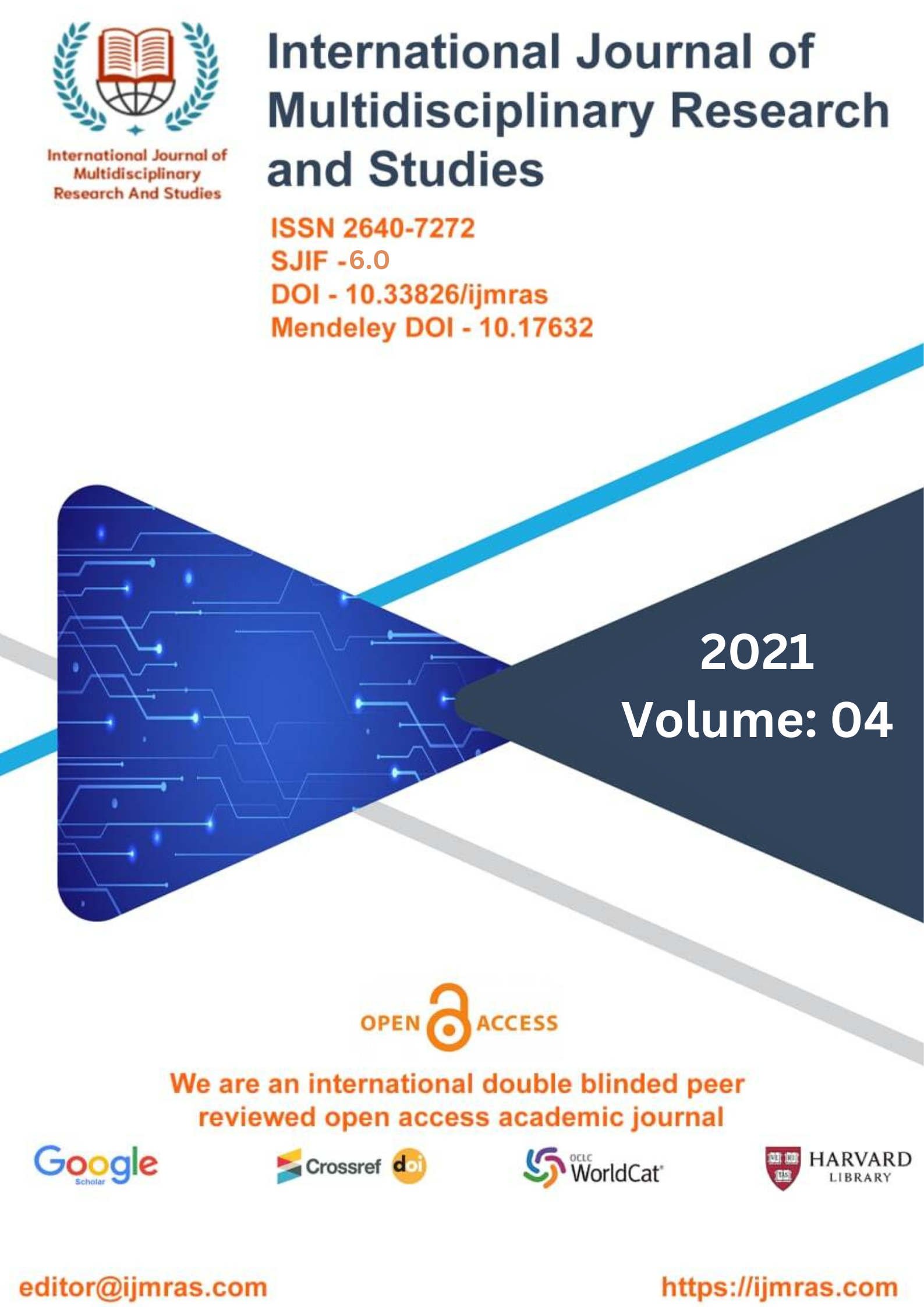Kiran Nagarkar’s metro-life novels

Abstract
A social and cultural study is a part of every piece of written literature. According to the dictionary, the phrase "pertaining to society or its organization" best describes the meaning of this term. The author shines light on a variety of organizations as well as aspects of social life. In his work, he addresses a number of different societal concerns that he has chosen. Ziauddin Sardar and Borin Van Loon make the following assertion in their book: "The field of study known as "cultural studies" is one that is both fascinating and current. It has gained traction among progressives of all kinds, not the least of which is due to the fact that culture has displaced society as the major subject of their investigation. It is currently considered a fundamental component of academic writing in many disciplines, including the humanities, social sciences, natural sciences, and even technical professions. When we live in a certain culture, we only learn a limited amount about that society's history and traditions. The study of culture is like to looking at an iceberg. We are unable to fathom the cultural aspirations and ideals that lie under the surface. One of the oldest definitions of culture was developed by the British anthropologist Sir E. B. Tylor (1832–1972) His description was as follows: "There is a lot of room for interpretation when it comes to the idea of culture; some anthropologists consider culture to be social behavior. Some people regard it more as an abstraction derived from behavior than as the real behavior itself.
Keywords
Organization, Behavior, Cultural AspirationsHow to Cite
References
Abdi, A. Ali. “Oral Societies and Colonial Experiences: Sub-Saharan Africa andthe de facto Power of the Written Word.” International Education 37.1(2007):42-59. HWWilson. Web. 20 Sept2011.
Ahmad, Aijaz. In Theory: Classes, Nations, Literatures. London-New York:Verso,1992. Print.
Ashcroft,Bill,GarethGriffiths,andHelenTiffin.TheEmpireWritesBack.1989.
2nded.London-NewYork:Routledge,2002.Print.
Bhabha,Homi.TheLocationofCulture.London:Routledge,1995.Print.
Damrosch, David. “What is World Literature?” World Literature Today 77.1(2003):9-14. Academic Search Premier. Web.19 Oct 2011.
Deshpande, Anirudh. “Interpretative Possibilities of Historical Fiction: Study ofKiran Nagarkar’s Cuckold.” Economic and Political Weekly 37.19 (2002):1824-1830.JSTOR. Web. 23 Aug2011.
Dhondy, Farrukh. “V.S. Naipaul: The Man and His Mission.” The Journal ofCaribbeanLiteratures5.2(2008):181-200.LiteratureResourceCenter.
Web.6Sept2011.
“Epic.” The Oxford English Dictionary. Oxford UP, 2011. Web. 28 Sept. 2011.Fanon,Frantz.BlackSkin,WhiteMasks.1952.Trans.RichardPhilcox.New
York:GrovePress,2008.Print.
Giltrow, Janet. “Democratic Intention and Dialogic Intelligence in Cuckold.” TheShifting Worlds of Kiran Nagarkar’s Fiction. Ed. Yasmeen Lukmani. 38-80.
Gourevitch,Philip.“Naipaul’sWorld.”Commentary98.2(1994):27-31.EBSCO
Host.Web.18Oct2011.
Hall, Stuart. “New Ethnicities.” The Post-Colonial Studies Reader. Eds. BillAshcroft, Gareth Griffiths and Helen Tiffin. London: Routledge, 1995.223-227.EBrary Reader. Web. 20 Sept2011.
Hemmady, Usha. “Cracks in the State: Morality and Tradition in 16th CenturyMewar.” The Shifting Worlds of Kiran Nagarkar’s Fiction. Ed. YasmeenLukmani.237-267.
“India English Growth ‘Too Slow.’” BBC News. BBC, 18 Nov. 2009. Web. 15Sept.2011.
License
Copyright (c) 2021 JITENDRA KUMAR

This work is licensed under a Creative Commons Attribution 4.0 International License.
Individual articles are published Open Access under the Creative Commons Licence: CC-BY 4.0.



